It’s impossible not to worry when newer paddling friends hit a rock and tip after the first turn of a four-day river getaway. Bump stress levels up a notch when a paddling cohort is throwing up and feverish on the first night out. Toss in a rattlesnake encounter of the too close kind and you have the highlights of our recent misadventures canoeing the Milk River in Southern Alberta. Funny thing though… I would do-over in a heartbeat!
Disclosure: This post contains affiliate links. If you buy something from one of our affiliates, we receive a small commission at no extra charge to you. Thanks for helping to keep our blog up and running!
Table of Contents
Paddling the Milk River
With Covid restrictions easing and up to 10 people allowed for outdoor social gatherings, we load up four canoes with eight adults and one dog. From our put in point at Gold Springs Campground to our takeout spot at Writing-on-Stone Provincial Park, we’re set for a three-night/four-day adventure with plenty of time for exploration. Weather forecast is stellar with sunshine and temps into the low 30s Celsius. The river is flowing at 19 cubic meters per second. Optimal levels for canoeing the Milk River are between 15 and 25 m3/s. Perfect!
After the one-hour, one-way, shuttle of vehicles to the takeout is complete we gather in a loose semi-circle for a group safety talk and we’re off, waving at a pair of lounge chair enthusiasts watching as we float by and disappear around the bend.
A Shaky Start!
Not five minutes later, the boat with our two more inexperienced paddlers hits a rock. The bow person is in the water. It’s eerily similar to another trip down the Milk. Blowing whistles, we alert the canoes in the lead, tapping the tops of our heads to signal that everyone’s okay as lead boats pull over and look back. On the upside, the gear is well-strapped in. No flotsam and jetsam to recover – not even a stray water bottle! We help the slightly soggy team bail out their canoe and recover their wits and we’re off.
Within ½ an hour they are in the water again. This time we spent a few extra minutes stressing the importance of leaning downstream to allow the water to slide under a boat rather than piling up the side, causing the canoe to flip. While they hit a few more hidden rocks – heck, we all did – they didn’t tip again. Quick learners!
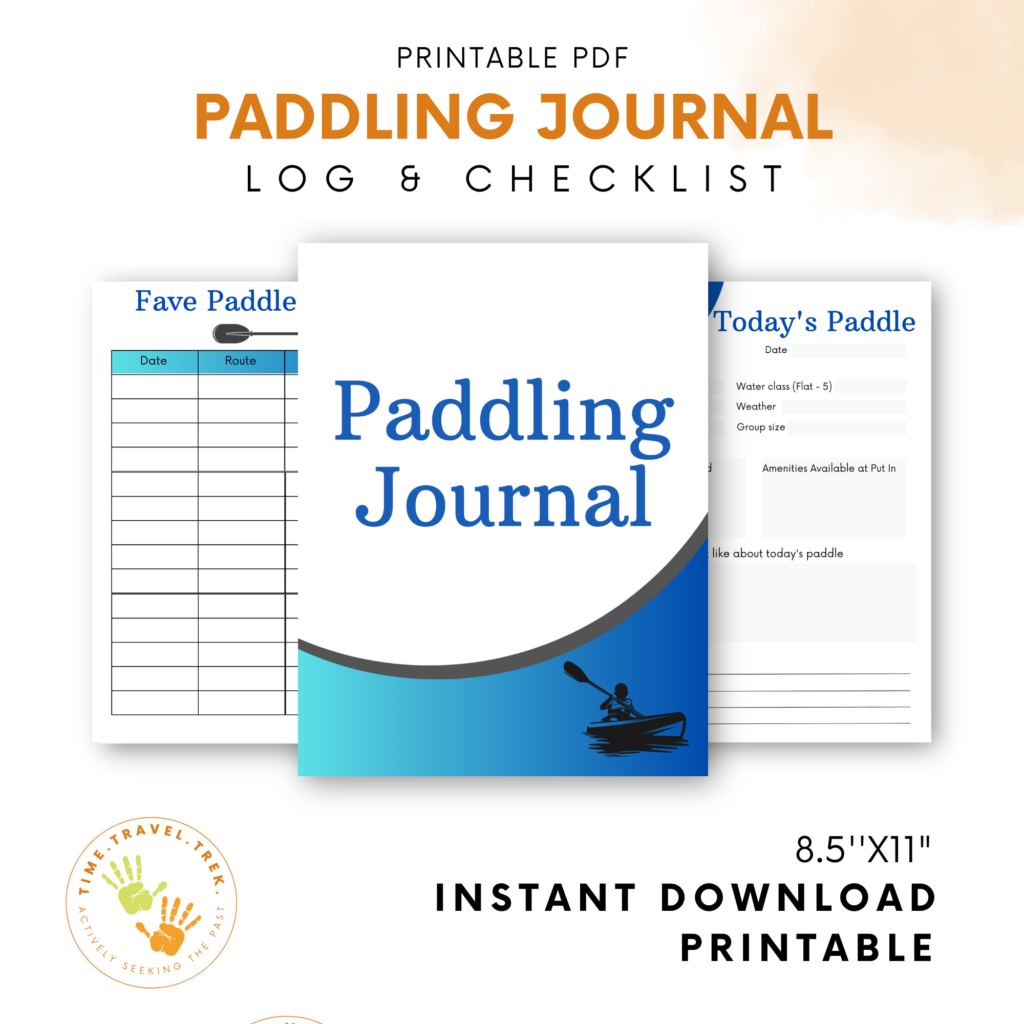
Polishing Your Skills
The Milk River is small but bony. In the stretch of river between Gold Springs and Poverty Rock there are hundreds of hidden and partially submerged boulders, rock ledges and sharp corners where the current threatens to push boats into sandstone walls. The river wanders and braids. It takes skill to navigate. To say the least, canoeing the Milk River is interesting.
Need a couple of skill-building trips before tackling the Milk River?
Consider starting with a short section of either the Red Deer River, the Oldman or the South Saskatchewan. Or skip the first part of this trip and start with an easier day paddle from Weir Bridge to Writing-on-Stone. The character of the river changes from sporty to significantly less challenging downstream of Poverty Rock.
What Happens When Someone is Sick on a River Trip?
By 6:30 pm we are settled in our riverside camp. The heat of sun is slowly easing as the big burning ball of gas settles behind the low hills. Bugs are few and far between. Spirits are high as we talk about the day’s adventures, enjoy appys and dinner and drinks before hitting sleeping pads. Ahhh… river life is sweet.
Need some meal planning inspiration? Check out our canoe trip meals post!
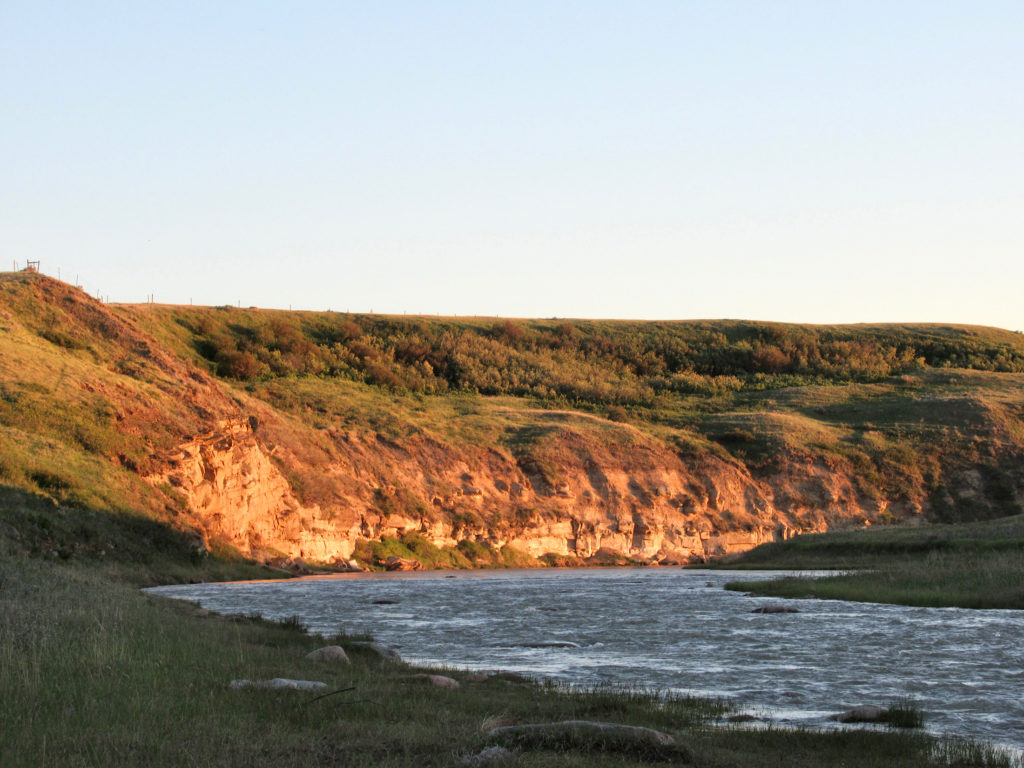
Swallows swoop from cliffside nests and prairie songbirds perform solos in early light the next morning… but the mood is somber. One of our teammates is sick. He was feverish and threw up in the middle of the night. Now he can barely sit upright.
Covid – we think it might be Covid.
Fu..dge!
Quick group huddle. First things, first. We have to get him off the river. Brad hauls out the InReach – a satellite messenger as cell phone coverage is scarce along the river – and messages one of the couple’s sons to come and pick them up at next bridge about six kilometres downstream. Another message is sent to their youngest son to stay home from school and arrange for Covid test.
Ready for a little black humour? The nearest takeout is Coffin Bridge. Seriously, that is its name. Before 9 a.m. we are on the river. The two strongest boats are leading and sweeping. Our mood is rather deflated. We’re focused on just one thing – get to the bridge. In a couple of hours, we are helping unload the couple’s gear, while our sick cohort lays in the shade.
Group Communication and Decision-Making
Time to make some decisions. We know that their son is on his way to pick them up. There is cell coverage at Coffin Bridge. What do the rest of us do? We could all leave the river here. Those who don’t want to go on here could leave. Or we could all go on and shorten the trip but still reach our original takeout point.
After much discussion, we all agree that if it is Covid there is no further exposure risk. We won’t have any symptoms for at least three or four days. Canoeing on the Milk River with just our group means won’t be in contact with any other people. In other words, we could do one more night. It’s agreed. Three boats will continue on.
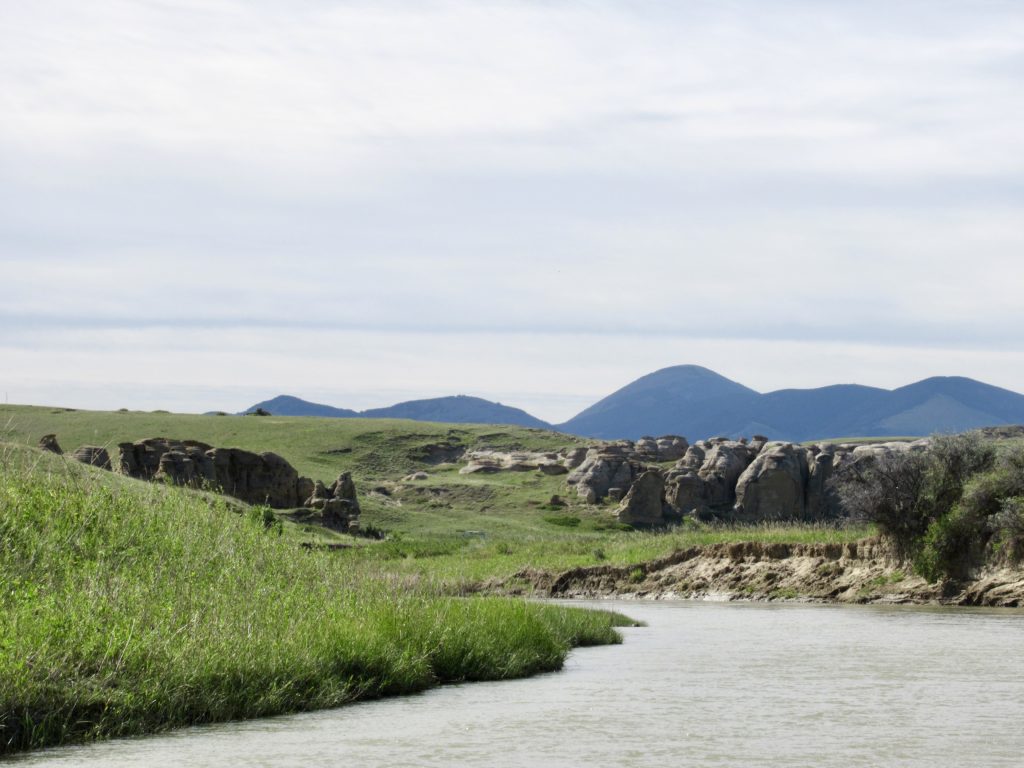
(Photo: Megan Kopp)
Talking more as we stand around, we remember that a couple of years ago this friend was sick on another hot canoe trip. He couldn’t paddle the last stretch. It could be… in fact, presents like… heat exhaustion. The more we talk, the more it seems feasible. They have shade, water, cell coverage and help on the way. We can safely leave. Everyone is on board.
It’s an “on your game paddle” to next camp with lots of hidden boulders and sharp corners wanting to drive boats towards sandstone cliffs, but we reach Poverty Rock intact. That evening – after blow dryer hot wind dies down – we take a walk up along the cliffs. There’s a phone message from our sick paddling partner. He’s feeling better and has gone for a rapid Covid test but… his son already has the results from his own rapid test.
His test is positive. Our theory about heat exhaustion vanishes in the breeze.
Rattlesnakes and Petroglyphs
We have no choice now but to paddle out the next morning. Then again we’re already here. What’s the harm in stopping to see some rock art and historic graffiti along the way? Another hour on the river won’t make a lot of difference at this point. In case you’re wondering, I’m purposefully not going to say exactly where these are located. Part of the spirit of adventure is the discovery of cool things.
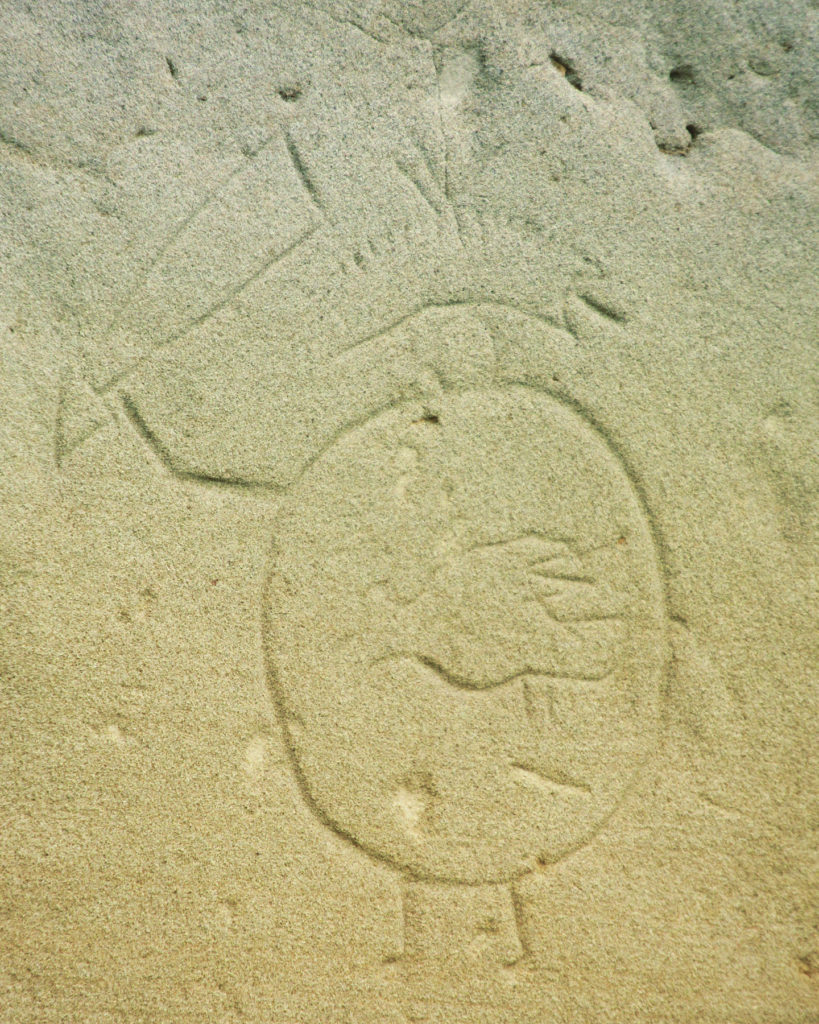
In front of the petroglyph panel on the ground is a low cover of vegetation. Brad steps forward and freezes as he hears the distinctive rattle. He flies backwards. By sheer luck he is not bitten by the snakes. Yes, plural. There are two rattlesnakes.
Covid and a rattlesnake bite would definitely not be good.
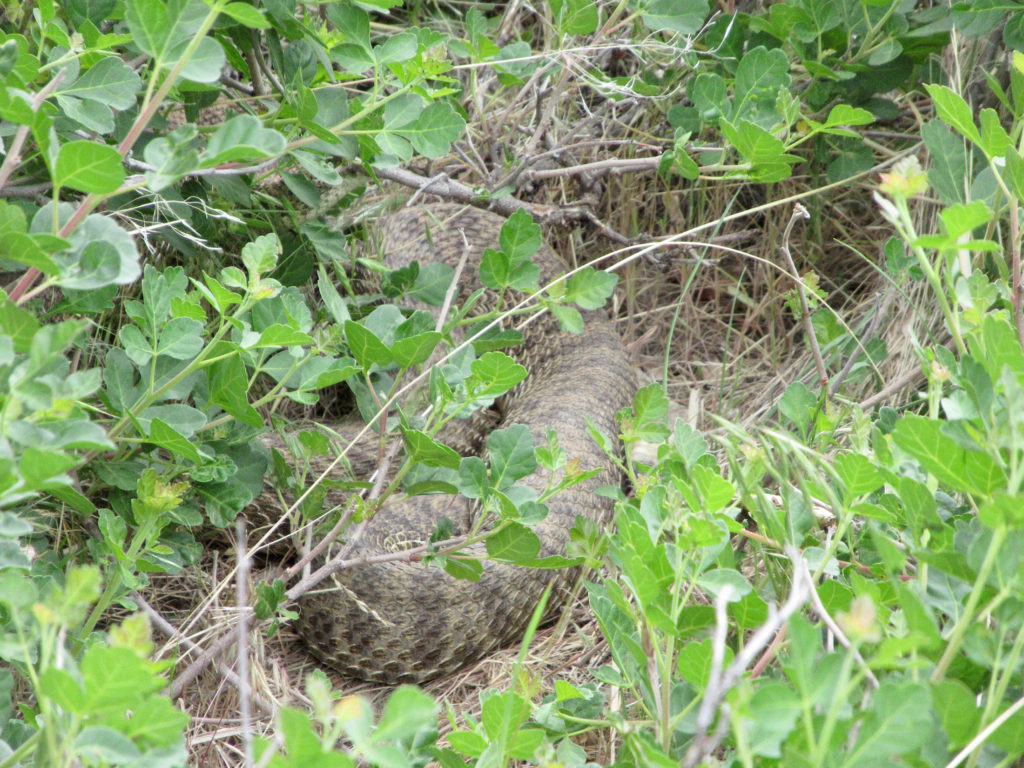
The Ride Continues!
Buoyed by the spirit of the ancient art, we stop again to view some historic graffiti and continue walking up onto the hill above the river. Again, we get cell coverage. There is another message from our paddling buddy. His rapid results have come in.
His test is negative. He had heat exhaustion. The Covid test results are also negative for his paddling partner, their other two sons and a son’s girlfriend. Go figure? I mean, yahoo!! We are free and clear having no immediate contact with someone who has tested positive. We don’t need to quarantine. I guess that means we can spend the last night on the river after all… right?
Right!
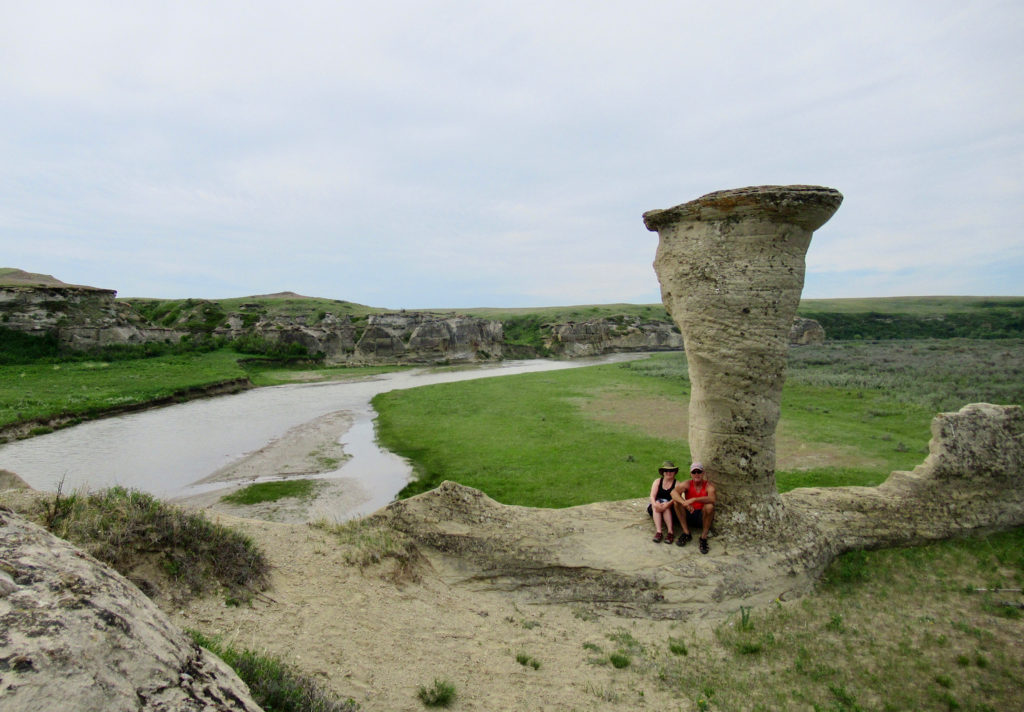
Canoeing the Milk River to Writing-on-Stone
Packing up camp in the morning, we say our goodbyes to the tinny calls of the ring-necked pheasants and sweet songs of the Eastern Kingbirds and paddle down toward the main park boundary.
The Milk River flows through a variety of habitats. The riverside and coulee bottoms are a moist riparian zone. Muddy streambanks hold tracks of deer and raccoon. Owls and eagles nest in occasional stands of ancient cottonwoods.
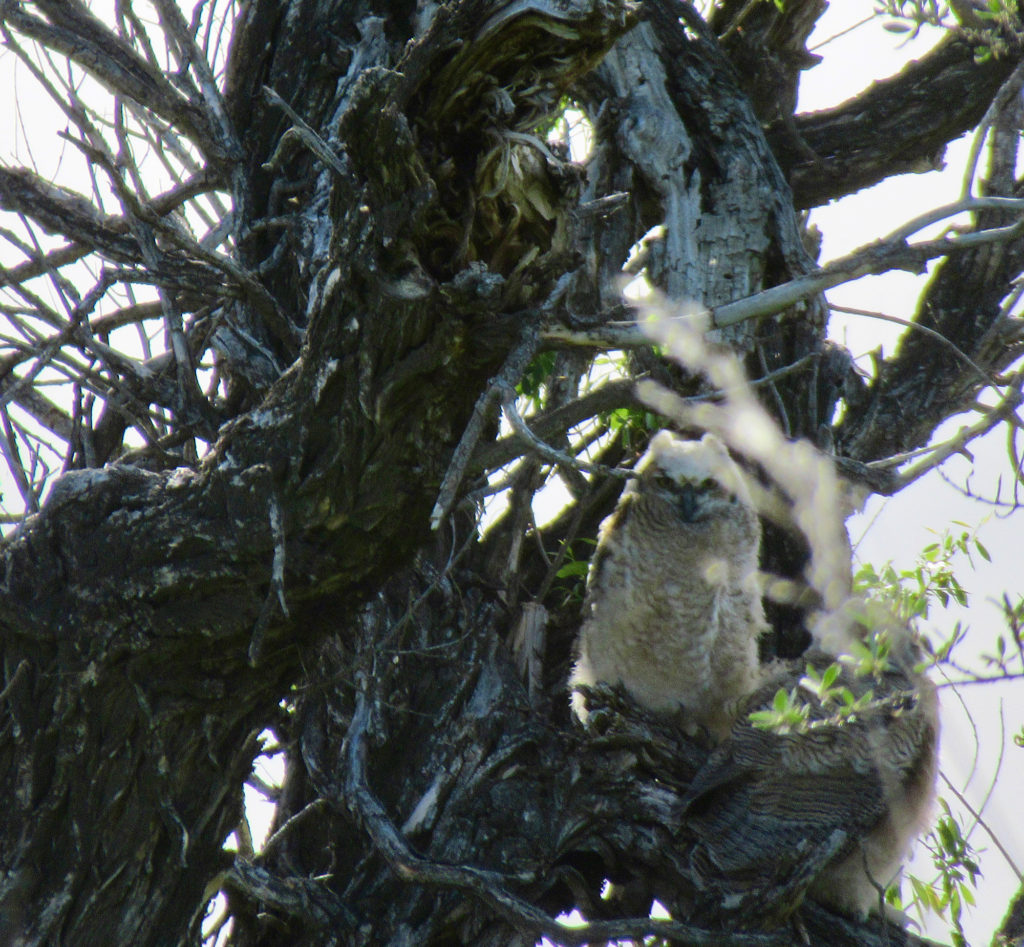
Dry open sage flats give way to exposed rocky outcrops of sandstone sculpted into endless shapes. We drift along, picking out shapes and faces. The badlands are pockmarked with holes, some large enough to qualify as caves.
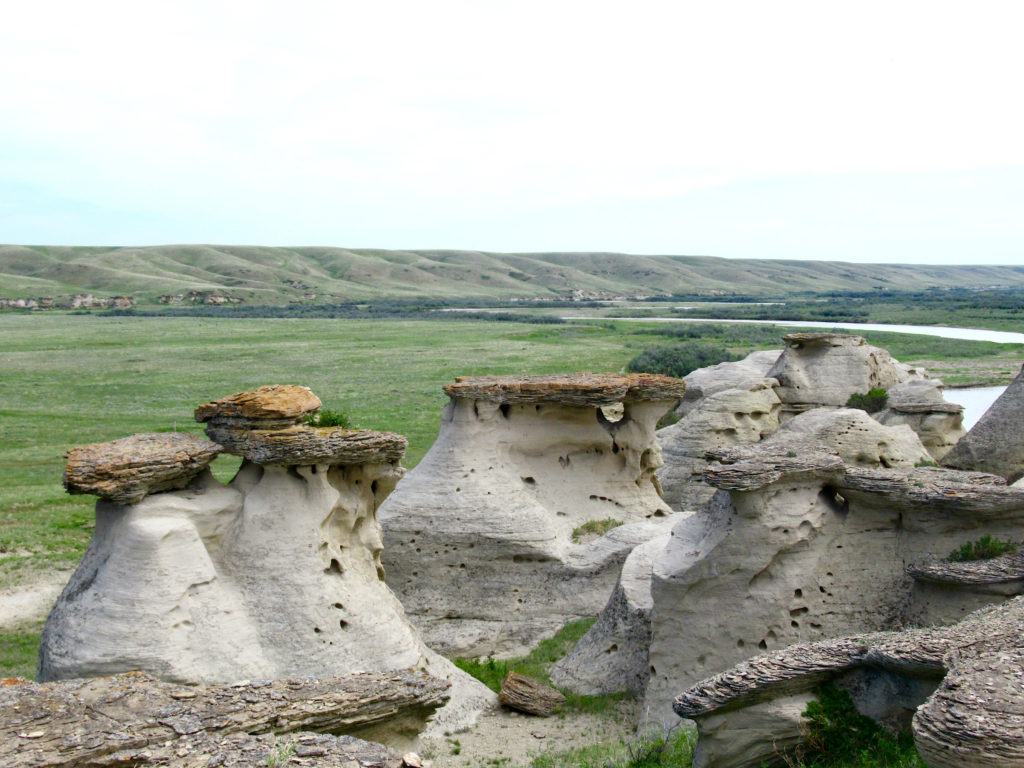
Reflecting on the Past and Present
Entering the park proper we pass the rodeo grounds and round the corner, pulling over river left to peer up with binoculars at Thunderbird Cave. Off-river access is restricted within the park, but the red pictograph of the giant bird image is still visible with binos from the river. Writing-on-Stone and its landscape has a strong spiritual significance for the Blackfoot people. Prayer flags wave in the breeze at the mouth of the cave. This archaeological preserve protects Vision Quest sites and one of the North American Plains’ largest concentration of rock art. It protects a place grounded in the past but still very much a part of the present. In 2019, Writing-on-Stone was designated a UNESCO World Heritage site.
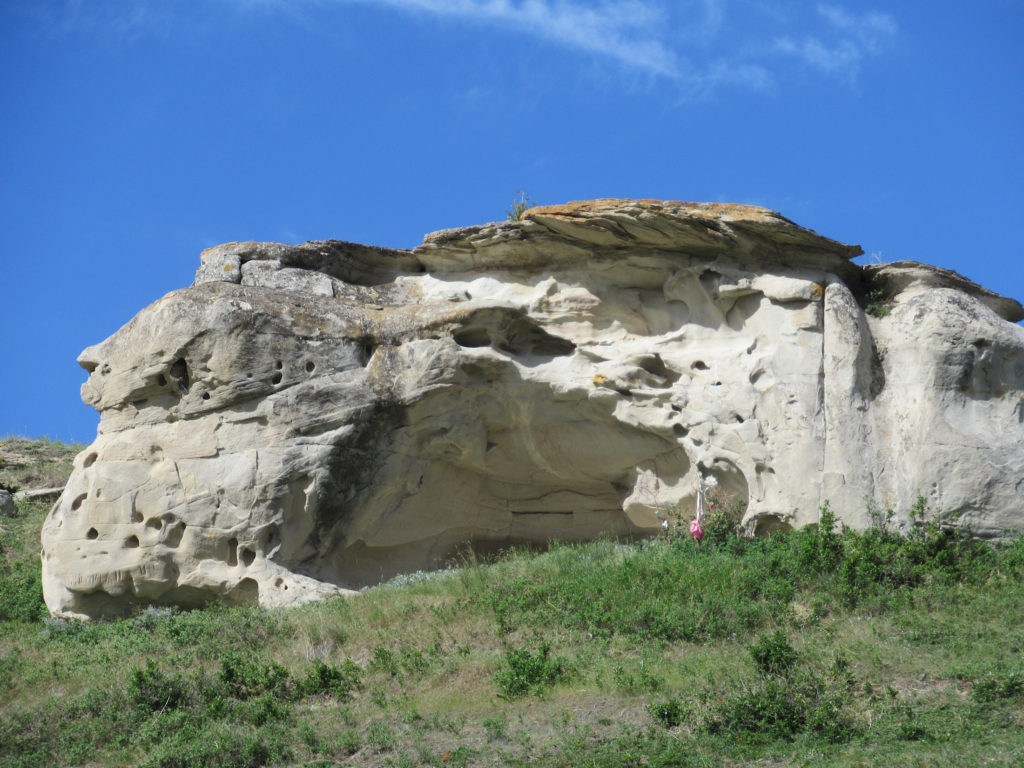
Further downstream, also on river right, the Northwest Mounted Police Barracks harken back to the days of Whisky Trade. We slowly drift from the past, from the prehistoric to the historic to present day as we spy hikers up on a lookout above the campground. Our trip is almost done. The takeout is just around the corner. Swims, sickness, snakes – even with the rollercoaster ride I would do-over in a heartbeat.
Why?
Because like Henry David Thoreau, I believe in “living in the present, launching yourself on every wave and finding your element in each moment.”
When You Go
- If you haven’t already, be sure to read our previous post about canoeing the Milk River for specifics on river safety, common plants and animals, camping, Leave No Trace principles and packing checklists.
- Limited copies of “The Alberta Stretch of the Milk River” are available from the Lethbridge Historical Society – great discussion of the geology of the river valley.
- Visit AQOutdoors online (or in person in Calgary) for all of your paddling gear needs.
PIN THIS POST FOR FUTURE REFERENCE!
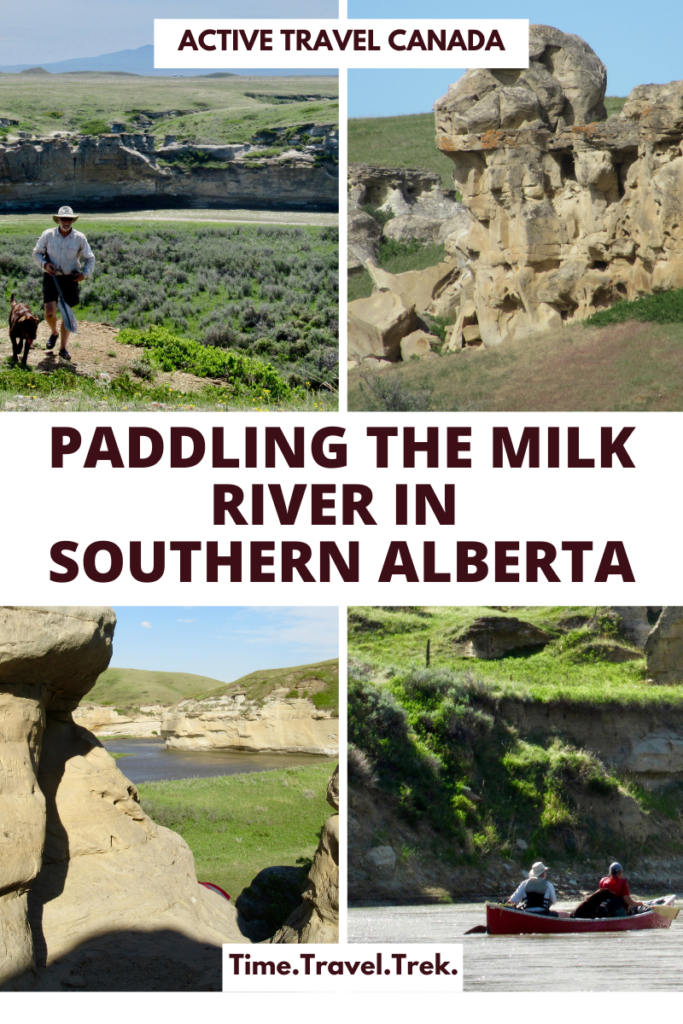

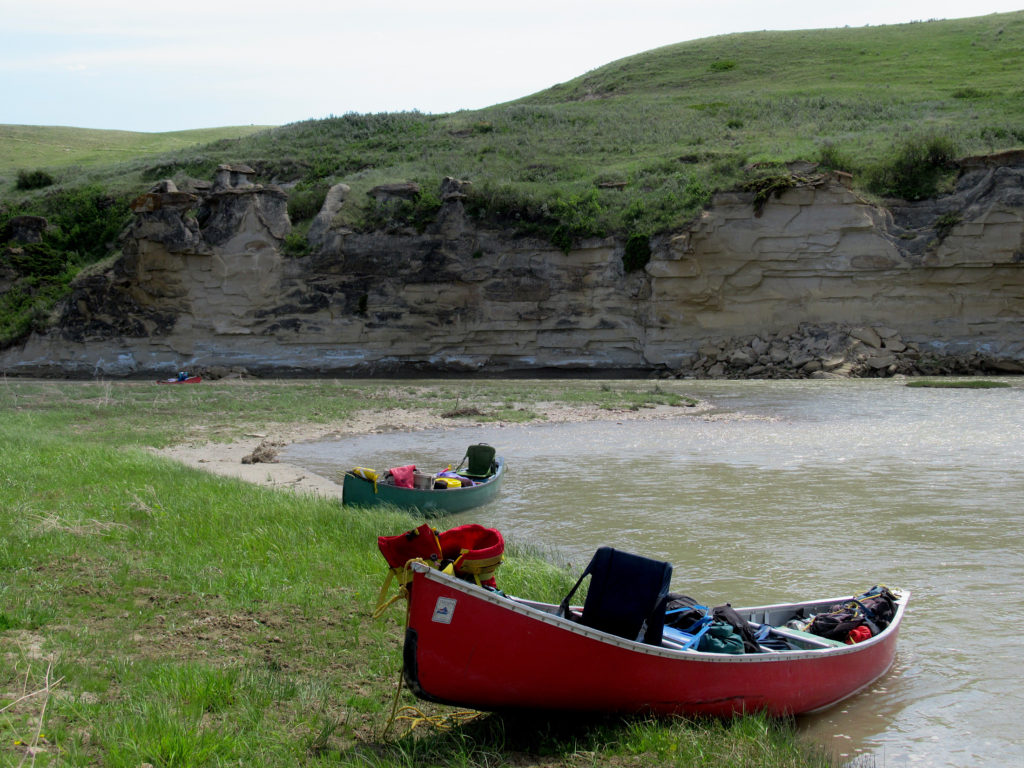

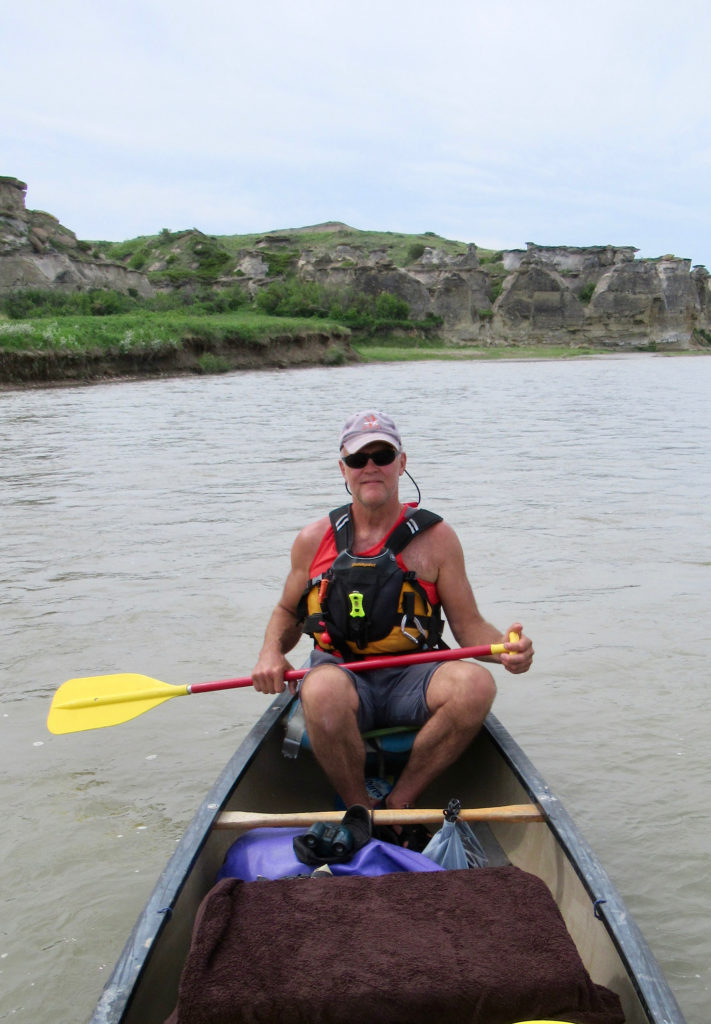
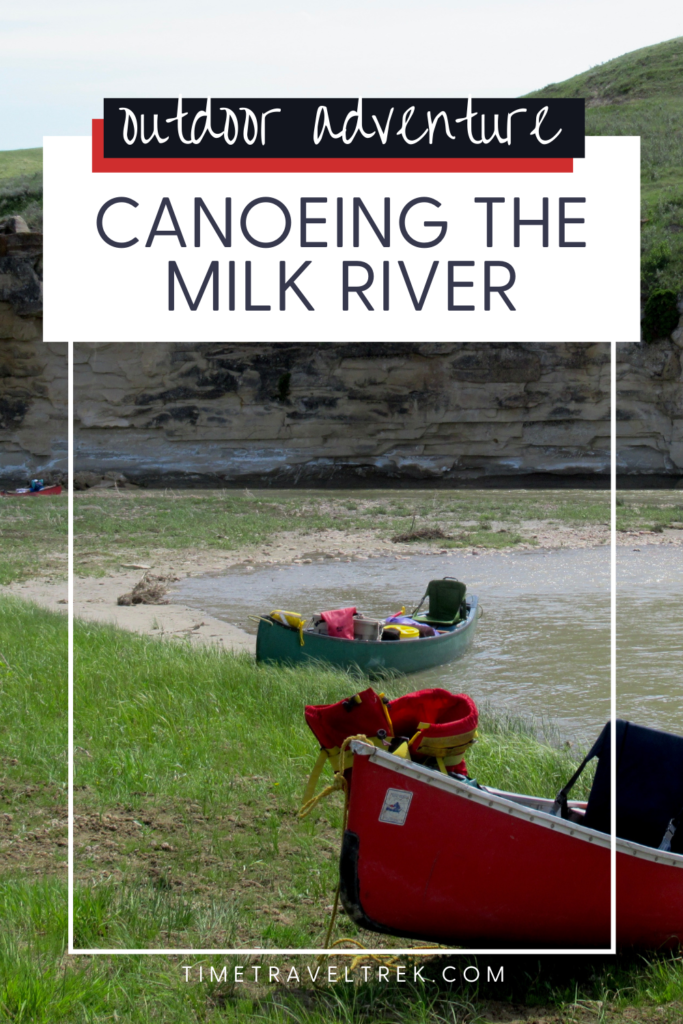
A great tale of adventure – as always!
Thanks Pamela. Glad you enjoyed it!